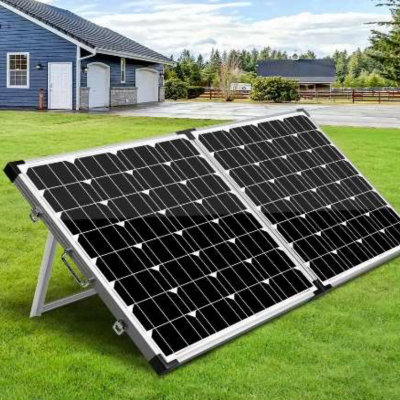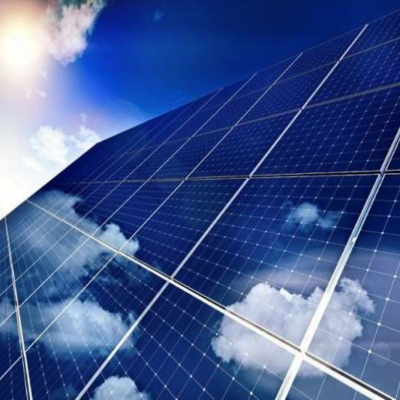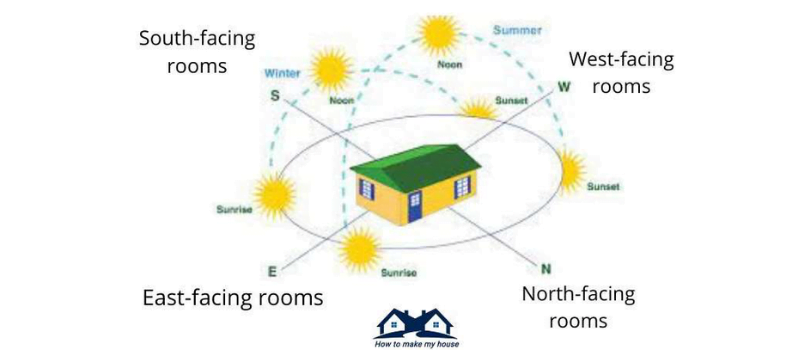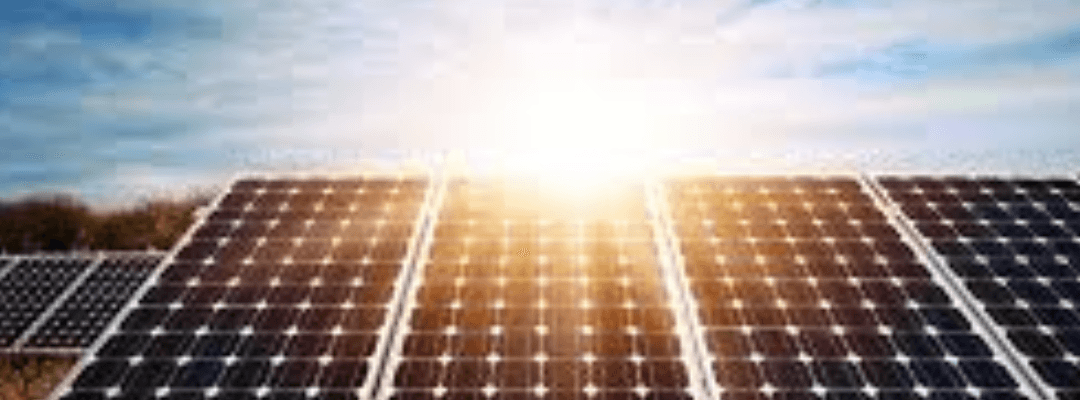Solar panels are a cornerstone of sustainable energy solutions, transforming sunlight into electricity and reducing our reliance on fossil fuels. Investing in solar panels is not just an environmental decision but also a financial one, aimed at long-term savings and energy independence. However, to fully reap the benefits of this investment, it’s essential to focus on maximizing the efficiency and longevity of your solar panels. Proper care and maintenance, coupled with strategic planning and installation, can significantly enhance the performance and lifespan of your solar energy system. In this comprehensive guide, we will explore various strategies and best practices to ensure your solar panels operate at their peak efficiency for many years to come.

Table of Contents:
| S.No | TOPICS |
| 1 | Introduction |
| 2 | Types of Solar Panels |
| 3 | Maximize Solar Panel Efficiency |
| 4 | Strategies for Longevity of Solar Panels |
| 5 | Extend solar panel lifespan & Optimizing solar energy |
| 6 | Conclusion |
Introduction
Solar panels are a significant investment for harnessing renewable energy. Ensuring they operate at peak efficiency and have a long lifespan can maximize your return on this investment.As the adopon of solar energy connues to grow, maximizing the efficiency and longevity of solar panels becomes paramount for homeowners and businesses alike. Solar panel efficiency refers to the percentage of sunlight that can be converted into usable electricity. Various factors can influence this efficiency, including panel type, angle, and environmental conditions. This blog will provide comprehensive insights into effective strategies for enhancing the performance and lifespan of solar panels.
Types of Solar Panels
Choosing the right type of solar panel depends on various factors, including your budget, available installation space, aesthetic preferences, and energy need, you can select the solar panel type that best suits your specific requirements and maximizes your investment in renewable energy and solar energy optimization. Solar panels fall under multiple categories let’s take a look into the following types.

Monocrystalline Panels
- Monocrystalline solar panels are made from single-crystal silicon.
- Monocrystalline panels offer high efficiency and longevity but at a higher cost efficiency typically ranging from 15% to 22% efficiency.
- More power output per square foot compared to other types.
- Long lifespan, often with warranties up to 25 years.
Polycrystalline Panels
- Polycrystalline solar panels are made from silicon crystals melted together.
- They are slightly less efficient than monocrystalline panels but are also more affordable.
- Good efficiency rates (13-16%) at a lower cost.
- Require more space to produce the same amount of power as monocrystalline panels.


Thin-film solar panels
- Thin-film solar panels are made by depositing one or more layers of photovoltaic material onto a substrate. They are versatile and lightweight.
- Less efficient than crystalline panels, with efficiencies around 10% to 12%.
- Perform better in high-temperature conditions than crystalline panels.
- Can be made flexible, which is useful for non-traditional installations.
Bifacial solar panels
- Bifacial solar panels can capture sunlight on both the front and back sides, increasing their overall energy production.
- Higher overall energy production compared to traditional panels.
- Requires specific installation conditions to maximize rear-side sunlight capture.


Building-Integrated Photovoltaics (BIPV)
- Building-Integrated Photovoltaics (BIPV) are designed to integrate seamlessly with building materials, such as roof shingles or façade elements.
- Dual-purpose as building material and energy generator.
- Can be less efficient than traditional panels due to design constraints.
Maximize Solar Panel Efficiency
Optimal Placement and Orientation
The placement of solar panels significantly affects their efficiency. Panels should be installed in a location with maximum sunlight exposure, typically a south-facing roof in the northern hemisphere.
- Angle: Install panels at an angle that captures the most sunlight, generally around 30 to 45 degrees depending on your geographical location.
- Orientation: Ideally, orient panels towards the equator (south in the Northern Hemisphere, north in the Southern Hemisphere) to maximize sun exposure throughout the day.
- Secure mounting: Proper mounting prevents damage from wind and other environmental factors.

Regular Maintenance
Routine maintenance is vital for sustaining solar panel performance.
Cleaning: Keep panels free from dirt, dust, and debris, which can obstruct sunlight. Cleaning should be performed every 3 to 6 months, or according to local weather conditions.
Inspection: Conduct regular inspections to identify any potential issues such as shading from trees or buildings, or damage to wiring and connections.
Method: Use a soft brush and water to clean the panels. Avoid harsh chemicals and abrasive materials that can scratch the surface.
Safety: If the panels are on a roof, consider hiring a professional cleaning service to avoid the risk of injury.
Monitor Performance
Continuous monitoring of solar panel performance allows for immediate detection of inefficiencies.
Use Monitoring Systems: Implement solar monitoring systems that provide real-time data on energy production, allowing for prompt identification of performance drop-off.
Track Energy Output: Regularly check energy output against expected values to gauge efficiency and take corrective actions as necessary.
Inspections: Schedule annual inspections by a professional to check for any signs of wear, damage, or potential issues.
Strategies for Longevity of Solar Panels
Choose Quality Panels
Investing in high-quality solar panels can significantly enhance durability and longevity. Look for:
Warranties: Most reputable solar manufacturers offer warranties ranging from 25 years for performance to 10 years for product defects.
Certifications: Ensure panels meet international standards (e.g., IEC certification), indicating rigorous testing and reliability.
Proper Installation
Professional installation is crucial to maximize both efficiency and lifespan.
Qualified Installers: Hire certified and experienced solar installers who can ensure panels are correctly aligned, secured, and connected.
Avoid Overloading: Ensure the solar system is appropriately sized to avoid overloading, which can lead to burnout and damage.
Protect from Environmental Factors
Environmental conditions can impact the longevity of solar panels.
Shading: Minimize shading from nearby trees, buildings, and structures, as even partial shading can severely reduce performance.
Extreme Weather: Take precautions against hail, snow, and high winds. Installing panels on sturdy mounts can help protect them from severe weather impacts.
Weatherproofing: Ensure that the panels and their mounting systems are weatherproof and can withstand local climate conditions.
Extend solar panel lifespan & Optimizing solar energy
Maximizing the efficiency of solar panels also involves optimizing your energy usage:
Energy-efficient appliances: Use energy-efficient appliances and LED lighting to reduce overall energy consumption.
Peak usage: Try to use more electricity during peak sunlight hours when your panels are generating the most power.
Battery storage: Consider adding a battery storage system to store excess energy generated during the day for use at night or during cloudy periods.
Conclusion
Maximizing the efficiency and longevity of solar panels requires a combination of optimal placement, regular maintenance, performance monitoring, and quality installation. By following these best practices, users can ensure their solar panels generate clean, renewable energy effectively and sustainably for decades to come. Protecting your investment through these practices not only leads to greater energy savings and reduced costs over time but also contributes to a greener, more sustainable future.The transition to solar energy is a wise investment not only for financial savings but also for contributing to a greener planet. Commit to these strategies and unlock the full potential of your solar energy system.

